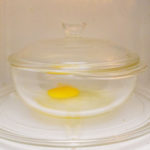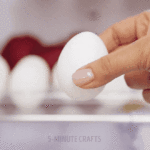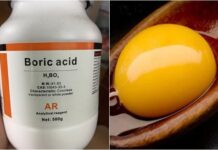Using Old Eggs
It’s a big mistake to use old eggs for poaching. The whites of older eggs tend to be thinner and more watery, and your poached egg will likely spread out and won’t hold its shape or taste as good as a fresh egg.
So, if you’re planning to make poached eggs for your family, be sure to choose fresh eggs.
Testing the freshness of an egg is simple. Just place the egg in a cup of water. If it sinks to the bottom and lays flat on its side, it’s fresh. If it stands on one end at the bottom, it’s still okay but getting old. If it floats to the surface, it’s best to discard it as it’s likely gone bad.

Choosing the Wrong Pot or Pan Size
Using a pot or pan that’s too large will only waste your time and energy as you’ll need more water to boil and more heat to maintain the temperature. On the other hand, using a pot or pan that’s too small will not give the eggs enough space to cook evenly and properly.
The solution is to choose a pot or pan of an appropriate size for the number of eggs you want to poach. Also, add just enough water to cover the eggs. This way, the heat will be distributed evenly, resulting in better-cooked eggs.
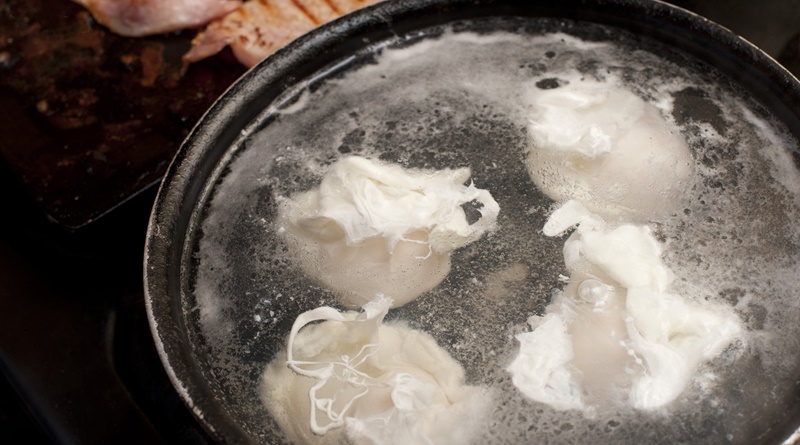
Not Adding Eggs to the Right Water Temperature
If the water is too hot, the egg white will cook too quickly and spread out. On the other hand, if the water is not hot enough, the egg white and yolk may separate.
For the best results, adjust the heat to a gentle simmer and wait for the water to start forming small bubbles. This is the ideal temperature for adding your eggs.
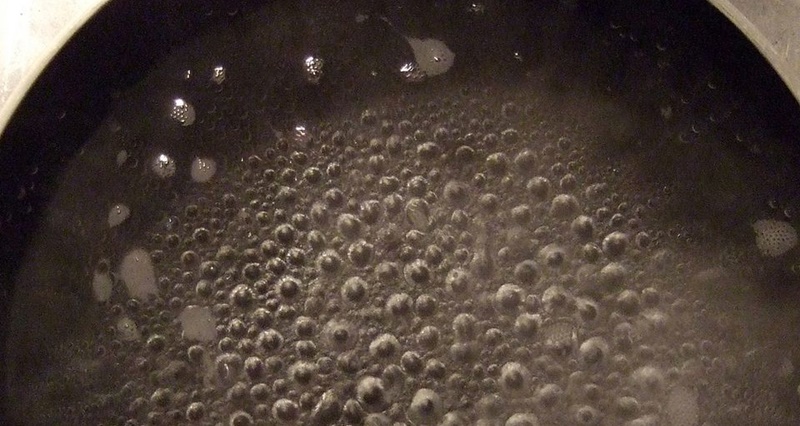
Cracking Eggs Directly Into the Pot
It’s not a good idea to crack eggs directly into the pot. Shell pieces may end up in the water and stick to the eggs, and it’s harder to control the temperature and prevent the eggs from spreading out.
A better approach is to crack each egg into a small bowl or cup first, removing any shell pieces, and then gently pouring the egg into the simmering water. This will help the egg hold its shape, and you’ll end up with a beautifully poached egg.
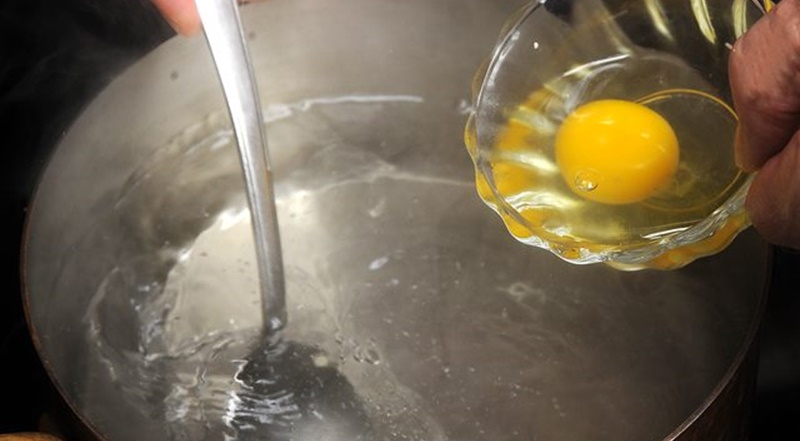
Overcooking the Eggs
Don’t leave the eggs in the water for too long, or the yolks and whites will overcook and become rubbery. The ideal cooking time is 2 to 4 minutes, resulting in a runny yolk that’s perfect for dipping. Just use a spoon to gently press on the yolk to check its doneness.
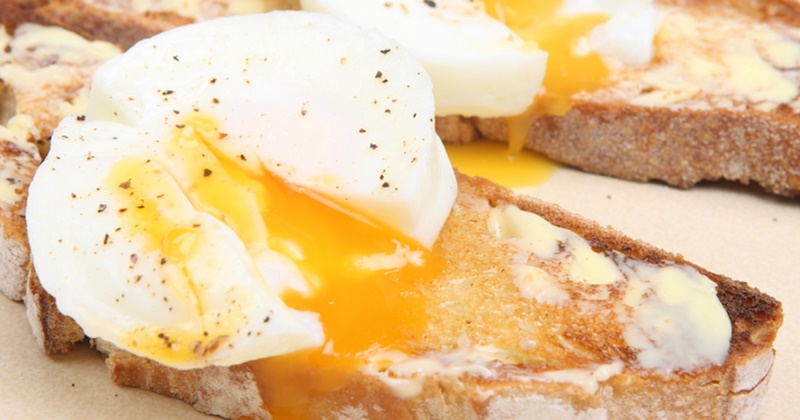
Also Read: Are you making these mistakes when poaching eggs? Fix them now for more appealing and tasty poached eggs. Let us know if you have any secret tips for poaching eggs.
Source: thekitchn.com

























